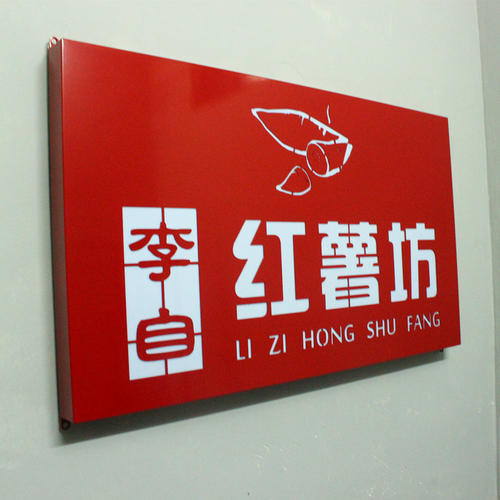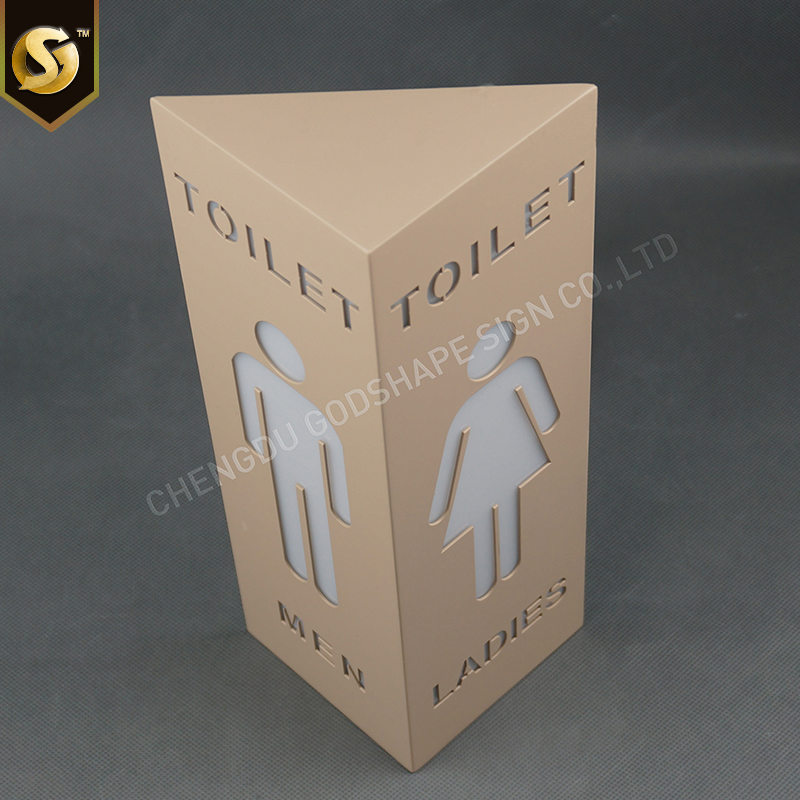Human GLP-1 ELISA Kit For the quantitative in vitro determination of Rat ghcagons-like pepfide 1 concentrations in serum - plasma - celiac fluid - tissue homogenate - body fluid FOR LABORATORY RESEARCH USE ONLY. NOT FOR USE IN DIAGNOSTIC PROCEDURES. This package insert must ELISAENZYME LINKED IMMUNOSORBENT ASSAYINTENDED USE AND TEST PRINCIPLEThis GLP-1 ELISA kit is intended Laboratory for Research use only and is not for use in diagnostic or therapeutic procedures. The Stop Solution changes the color from blue to Yellow and the intensity of the color is measured at 450 nm using a spectrophotometer. In order to measure the concentration of GLP-1 in the sample, this GLP-1 ELISA Kit includes a set of calibration standards. The calibration standards are assayed at the Same time as the samples and allow the operator to produce a standard curve of Optical Density versus GLP-1 concentration. The concentration of GLP-1 in the samples is then de Termined by comparing the OD of the samples to the standard curve. SAMPLE COLLECTION AND STORAGESSerum - Use a serum separator tube and allow samples to clot for 2 hours at room temperature or overnight at 4°C before centrifugation for 20 minutes at approximately 2000×g. Remove serum and assay immediately or aliquot and store samples at -20°C. Avoid repeated freeze-thaw cyclesPlasma - Collect plasma using heparin as an anticoagulant. Centrifuge samples for 30 minutes at 2000×g at 2-8°C within 30 minutes of collection. Store samples at -20°C. Avoiding freeze-thaw cycles.Cell culture supernates, tissue homogenate and other biological fluids - Remove particulates by centrifugation and assay immediately or aliquot and store samples at -20°C. : The samples shoule be centrifugated dequately and no hemolysis or granule was allowed.MATERIALS REQUIRED BUT NOT SUPPLIED1. 37 °C incubator2. Standard microplate reader capable of measuring absorbanc Eat 450 nm3. Precision pipettes, disposable pipette tips and Absorbent paper4. Distilled or deionized waterREAGENTS PROVIDED All reagents provided are stored at 2-8°C. Refer to the expiration date on the label. Name 96 determinations 48 determinationsMicroelisa stripplate 12*8strips 12*4stripsStandard(6 vial) 0.5ml/vial 0.5ml/vialSample diluent 6.0ml 3.0mlHRP-Conjugate reagent 10.0ml 5.0ml20X Wash solution 25ml 15mlChromogen Solution A 6.0ml 3.0mlChromogen Solution B 6.0ml 3.0mlStop Solution 6.0ml 3.0mlClosure plate membrane 2 2 User manual 1 1Sealed bags 1 1Note: 1. Standard concentration was followed by:32,16,8,4,2,1 pmol/L.2. If samples generate values ​​higher than the highest standard, please dilute the samples with Sample 2. Standard not only reagents from one kit lot to another. Standard, conjugate and microtiter plates are matched for optimal performance. Use only the reagents supplied by manufacturer. 2. Allow kit reagents and materia Ls to reach room temperature (20-25°C) before use. Do not use water baths to thaw samples or reagents. 3. Do not use kit components beyond their expiration date. 4. Use only deionized or distilled water to dilute reagents. 5. Do not remove microtiter plate from the storage bag until needed. Unused strips should be stored at 2-8°C in their pouch with the desiccant provided. 6. Use fresh disposable pipette tips for each transfer to avoid contamination. 7. Do Disposable knuckles must during the assay procedure, since no known test method can offer complete assurance that products derived from Rat blood Will not transmit infectious agents. Therefore, all blood derivatives should be considered potentially infectious and good laboratory practices should be followed. 9. All samples should be disposed of in a manner that will inactivate vir 10. The Waste should be allowed to stand for a minimum of 30 minutes to inactivate the viruses before disposal. 11. Substrate Solution is easily contaminated. If bluish prior to Use, do not use. 12. Substrate B contain 20% acetone, keep this reagent away from sources of heat or flame. 13. Remove all kit reagents from refrigerator and allow them to reach room temperature ( 20-25 ° C).REAGENT PREPARATION AND STORAGEWash Solution (1X) - Dilute 1 volume of Wash solution (20X) with 19 volumes of deionized or distilled water. Wash Solution is stable for 1 month at 2-8°C. ASSAY PROCEDURE1. Prepare all reagents before starting assay procedure Add to the Micro-lisa Stripplate. Wells and sample wells except the b Lank well, cover with an adhesive strip and incubate for 60 minutes at 37°C.4. Wash the Microtiter Plate 4 times.Manual Washing - Remove incubation mixture by aspirating contents of the plate into a sink or proper waste container. Using a squirt Bottle, fill each well completely with Wash Solution (1X), then aspirate contents of the plate into a sink or proper waste container. Repeat this procedure for a total of four times. After final wash, invert plate, and blot dry by hitting plate Note: Hold the sides of the plate frame firm when washing the plate to assure that all strips remain securely in frame. Automated Washing - Aspirate all wells, then wash plates four times using Wash Buffer (1X). always adjust your brush to aspirate as much liquid as possible and set fill volume at 350μL/well/wash. After final wash, invert plate, and blot dry by hitting plate. .5. Add chromogen solution A 50μl and chromogen solution B 50μl to each well. Gently mix and incubate for 15 minutes at 37°C. Protect from light.6. Add 50μl Stop Solution to each well. The color in the wells should change From blue to yellow. If the color in the wells is green or the color change does not appear uniform, gently tap the plate to ensure the thorough mixing. 7. Read the Optical Density (OD) at 450 nm using a microtiter plate reader within 15 The standard curve is generated by plotting the average OD (450 nm) obtained for each of the six standard concentrations on the vertical (X) axis versus 2. The corresponding OD value for each standard and sample. All OD Values ​​are subtracted by the mean value of the balnk well before result interpretation. Construct the standard curve using graph paper Or statisti Cal software. 3. To determine the amount in each sample, first locate the OD value on the Y-axis and extend a horizontal line to the standard curve. At the point of intersection, draw a vertical line to the X-axis and read 4. Any variation in operator, pipetting and washing technique, incubation time or temperature, and kit age can cause variation in result. Each user should obtain their own standard curve.5. Intra-assay CV(%) and Inter -assay CV(%)are less than 15%.6. Assay range: 1 pmol/L – 32 pmol/L.7. Sensitivity: The minimum detectable dose of Human GLP-1 is typically less than 0.1 pmol/L.8 Cross-reactivity: This assay recognizes recombinant and natural Human GLP-1. No significant cross-reactivity or interference was observed. 9. Storage: 2-8 ° C (Use frequently); six months (-20 ° C). 10. QUOTE READ ONH;
A: We are factory.
Q: What is the MOQ?
A: No MOQ required normally, that means you can always ask for a sample first. But remember the sample freight is at your own cost.
Q: Do I have to have a design to inquire?
A: Yes! A well made design/artwork is the most helpful thing to get an exact quote. However, if you really do not have a design...just let us know your idea, we'll cover it.
Hollow Out Light Box
Unique Desgin:
The hollow out light box are designed for a wide range of light box applications. Ideal for store. We have the most professional team to meet your various requirements for the technology. Excellent welding and flawless polishing guarantee the high quality of the letters
Models pictures



FAQ
Q: Are you a trading company or factory?A: We are factory.
Q: What is the MOQ?
A: No MOQ required normally, that means you can always ask for a sample first. But remember the sample freight is at your own cost.
Q: Do I have to have a design to inquire?
A: Yes! A well made design/artwork is the most helpful thing to get an exact quote. However, if you really do not have a design...just let us know your idea, we'll cover it.
Led Door Signs,Led Door Number,3D Door Number Led,Hollow Out Light Box
Chengdu GodShape Sign Co., Ltd , https://www.signsgs.com